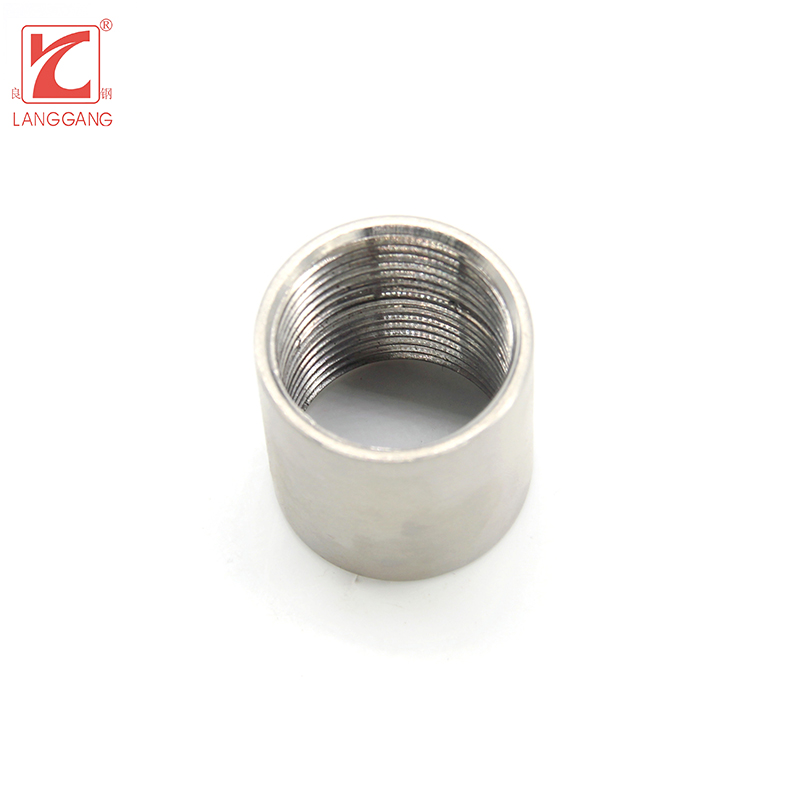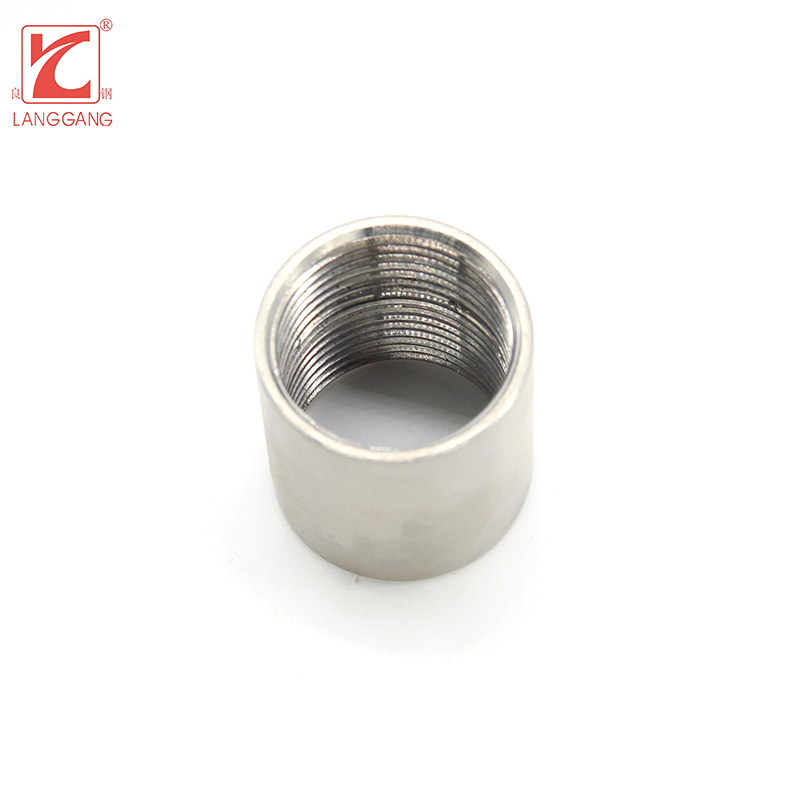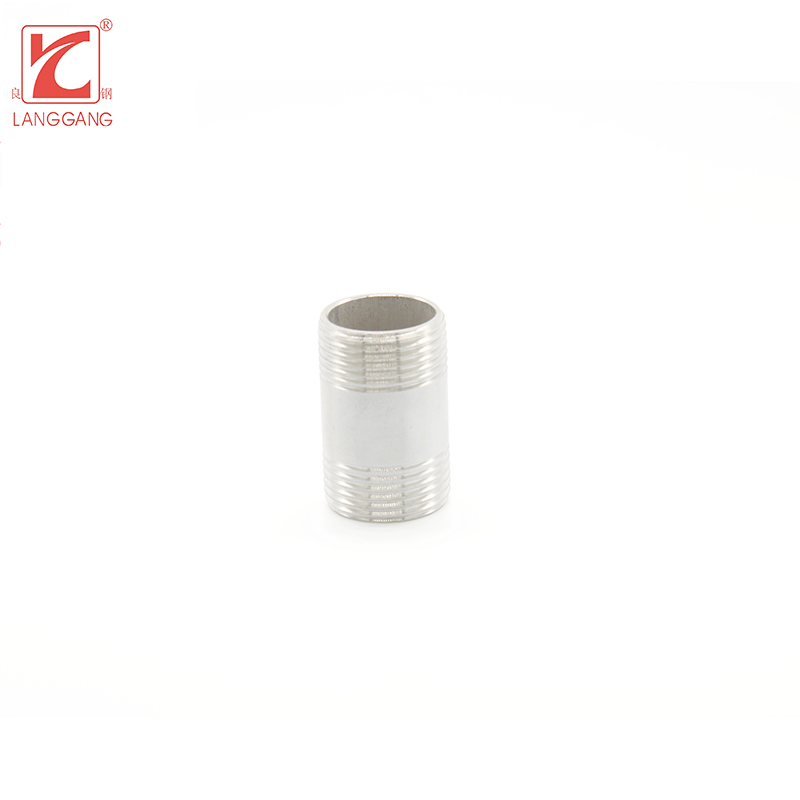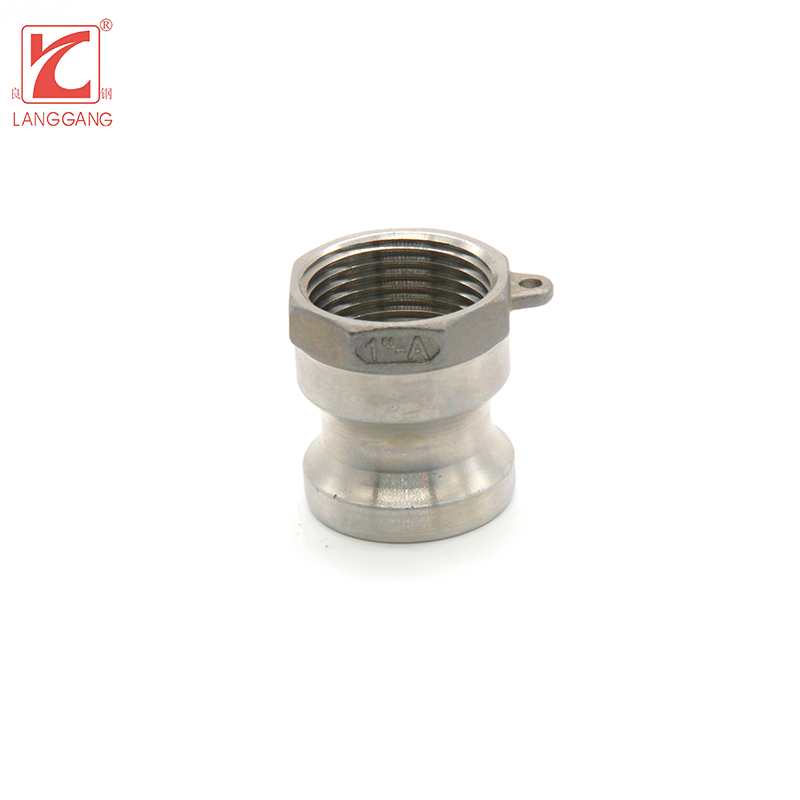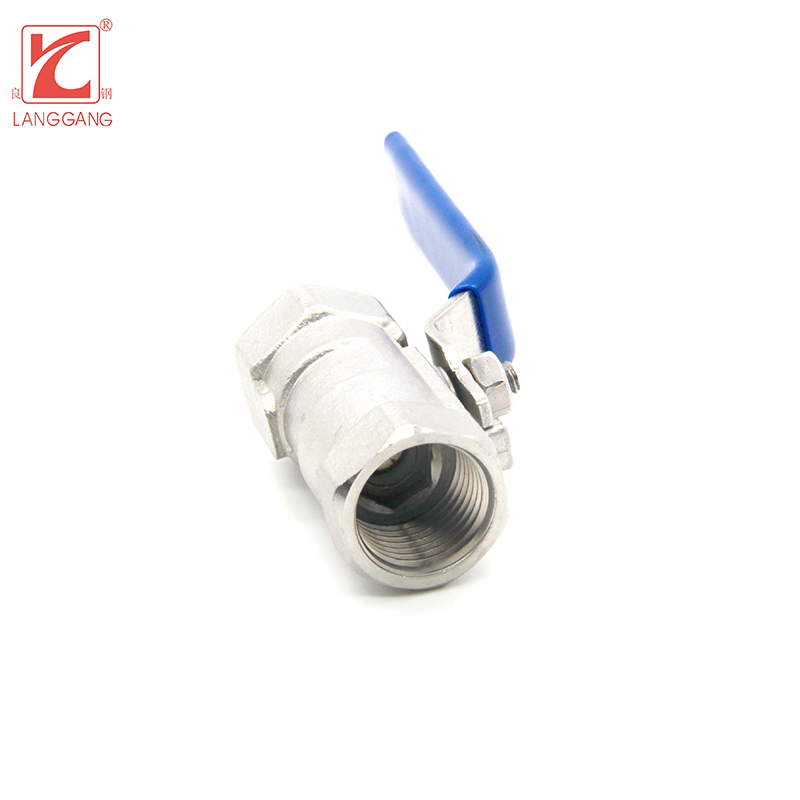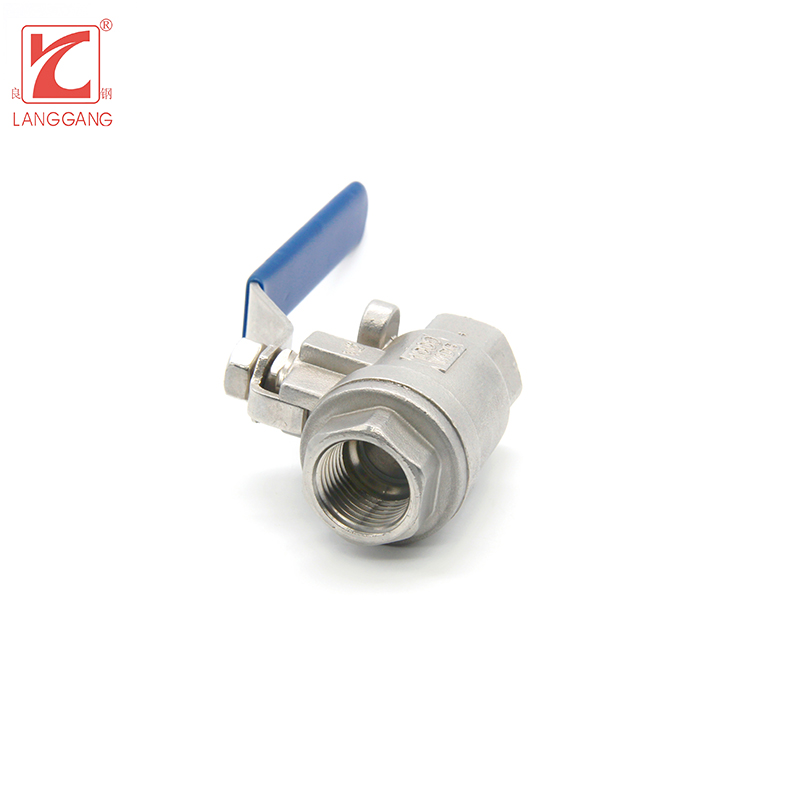Things You Need to Know about Dust Cap Pipe Fittings
Introduction
Dust cap pipe fittings are used to cover the end of a pipe to prevent debris, dirt, and other contaminants from entering the pipeline. They are also known as dust plugs or dust covers. These fittings are essential in preventing contamination of fluid systems, especially in industries that require high levels of cleanliness such as pharmaceuticals, food processing, and electronics.
Dust cap pipe fittings come in different materials such as plastic, stainless steel, aluminum, and brass. The choice of material depends on the type of application and environment where they will be used. For instance, plastic dust caps are suitable for low-pressure applications while metal dust caps are preferred for high-pressure applications.
These fittings come in various sizes ranging from small diameters to large ones depending on the size of the pipe. They can be designed to fit over male or female ends or threaded pipes. Dust cap pipe fittings can be used with a variety of piping systems including gas lines, water pipelines, hydraulic systems, and pneumatic systems.
In addition to preventing contamination, dust cap pipe fittings also protect the ends of pipes from damage during transportation or storage. They also provide easy access when maintenance work is required since they can be easily removed.
Types of Dust Cap Pipe Fittings
Dust cap pipe fittings come in various types and materials to cater for different applications and requirements. Each type has its unique features that make them suitable for specific industrial or commercial needs.Here is the detailed introduction about types of Dust Cap Pipe Fittings.
1. Threaded Dust Caps:
Threaded dust caps are used in threaded piping systems, and they have internal threads that fit over the external threads of a pipe or fitting to protect it from contamination and damage. These caps can be made of various materials such as brass, stainless steel, or plastic. They are commonly used in plumbing systems and compressed air systems.
2. Push-On Dust Caps:
Push-on dust caps are designed to be pushed onto the end of a pipe without requiring any additional fasteners or tools. They are typically made of flexible materials such as rubber or vinyl that can stretch to fit different sizes of pipes or fittings. Push-on dust caps are commonly used in low-pressure applications such as irrigation systems.
3. Camlock Dust Caps:
Camlock dust caps feature a cam groove design that allows them to quickly connect and disconnect from other camlock fittings. They are commonly used in industrial applications where quick connection and disconnection is required, such as chemical transfer lines, fuel delivery systems, and water treatment plants.
4. Flanged Dust Caps:
Flanged dust caps have flanges that allow them to be bolted onto the end of a pipe or fitting, providing a more secure seal than threaded or push-on caps. They come in various sizes and materials depending on the application requirements. Flanged dust caps are commonly used in high-pressure applications such as oil and gas pipelines.
5. Quick-Disconnect Dust Caps:
Quick-disconnect dust caps feature a quick-disconnect design that allows them to easily connect and disconnect from other quick-connect fittings. They are commonly used in fluid transfer applications where frequent disconnection is required, such as laboratory equipment or food processing machinery.
6. Compression Fitting Dust Caps:
Compression fitting dust caps are specifically designed for use with compression fittings which require a tight seal between the fitting and the tube being connected. These types of dust caps come in different materials such as brass or stainless steel depending on the application requirements. They are commonly used in high-pressure systems such as hydraulic or pneumatic systems.
Dust cap pipe fittings are available in a range of sizes and materials to suit different applications. They can be easily installed and removed, making them a convenient and cost-effective solution for protecting pipes and fittings.
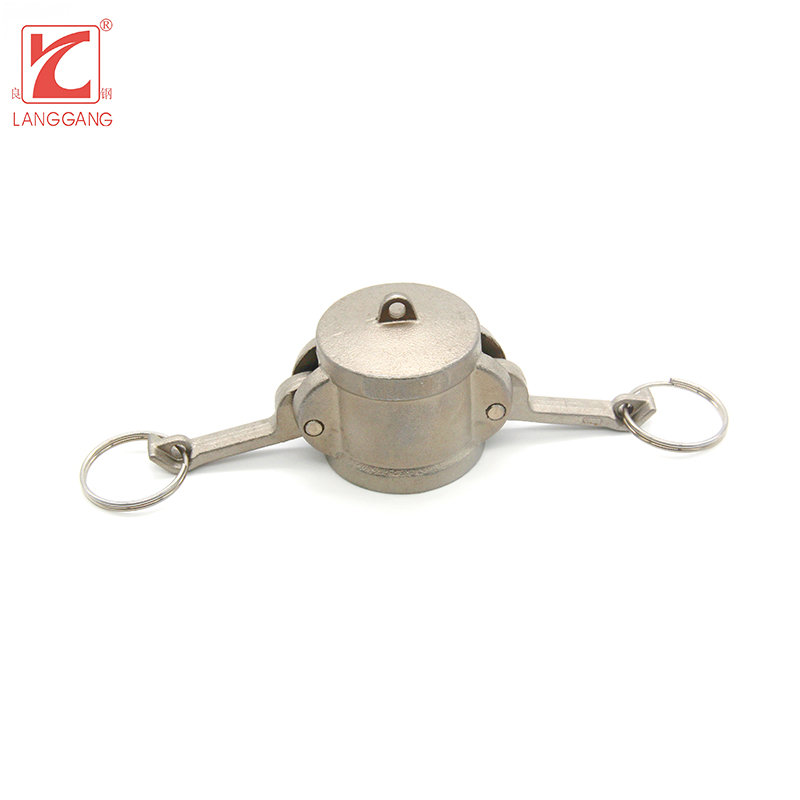
Working Principle of Dust Cap Pipe Fittings
Dust cap pipe fittings are designed to protect the open end of a pipe from dust, debris, and other contaminants. These fittings are often used in industrial settings where pipes may be exposed to environmental factors that can damage or clog the piping systems. The working principle of dust cap pipe fittings is simple and straightforward.
When the dust cap is placed over the end of the pipe, it creates a seal that prevents particles and other small objects from entering the pipe. The cap typically fits snugly over the end of the pipe, and may feature a threaded design that allows it to be screwed on securely. Some types of dust caps may also incorporate gaskets or other sealing mechanisms to provide additional protection against contaminants.
Dust cap pipe fittings are typically made from durable materials such as plastic, metal, or rubber, and can withstand exposure to harsh environments and high temperatures. They are easy to install and remove, making them a convenient solution for protecting pipes when they are not in use.
Things You Need to be Cautious When Using Dust cap pipe fittings
Dust cap pipe fittings are commonly used in various industries to protect pipes from dust and debris. However, there are certain precautions that need to be taken while using them to ensure their proper functioning and the safety of everyone involved.
1. Proper Installation: It is crucial to install the dust caps properly to avoid any leaks or damage to the pipe. Make sure that the cap fits tightly and is screwed on correctly.
2. Material Compatibility: Dust cap pipe fittings are available in different materials, such as PVC, brass, stainless steel, etc. You should always ensure that the material of the cap is compatible with the material of the pipe it will be installed on.
3. Pressure Rating: Ensure that the dust cap has the appropriate pressure rating for the application or system it will be used in. Using a dust cap with a lower pressure rating than what is required can cause the fitting to break or malfunction.
4. Durability: Check the quality of the dust cap before installing it to ensure its durability. Low-quality or substandard caps may crack or break easily, leading to potential hazards.
5. Size Compatibility: Make sure that the size of the dust cap matches that of the pipe. Installing a cap that is too small or too large can cause issues, including leakage or damage to the pipe.
6. Maintenance: Regular maintenance of the dust caps is necessary to ensure their longevity and efficiency. Cleaning the caps periodically and replacing them when necessary can help avoid any problems.
By taking these precautions, you can ensure that the dust cap pipe fittings function efficiently and safely.
Conclusion
Dust cap pipe fittings play an essential role in maintaining the integrity of fluid systems by preventing contamination and damage to pipes. They offer a cost-effective solution for ensuring high levels of cleanliness in industries that require it.
LGfittingvalve is a professional Dust Cap Pipe Fittings manufacture provides all kinds of Stainless Steel pipe fittings and valves.We use stainless steel to produce Dust Cap Pipe Fittings,ensuring its maximum durability. Feel free to contact us if you are looking for Dust Cap Pipe Fittings for your project or store.


